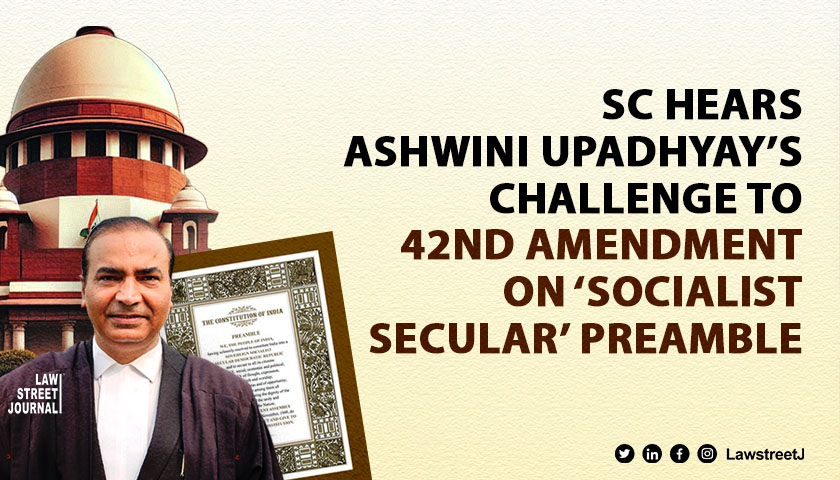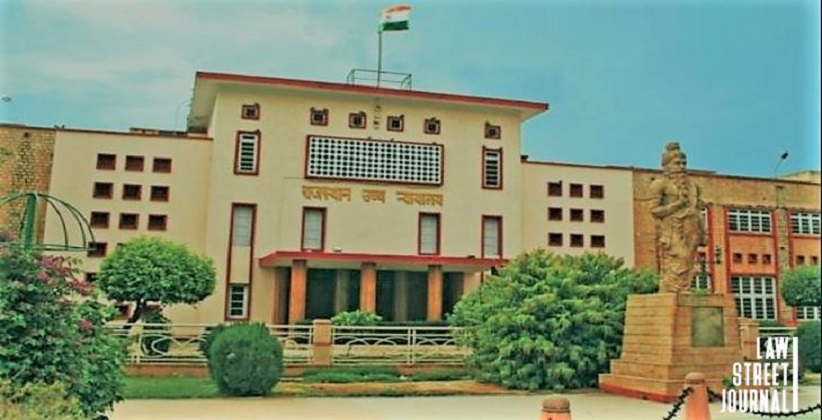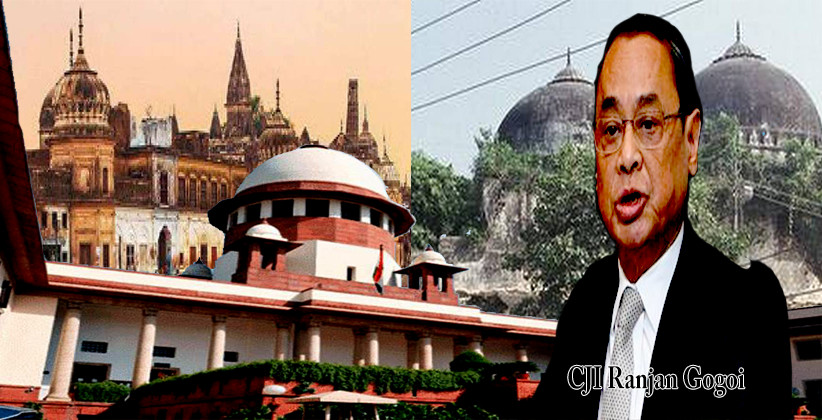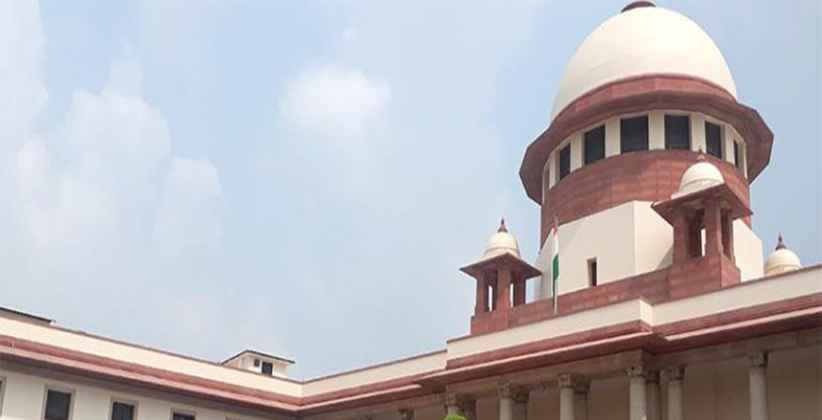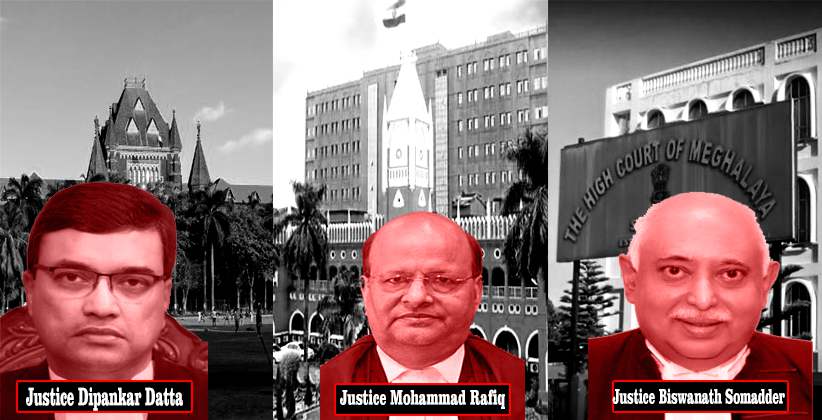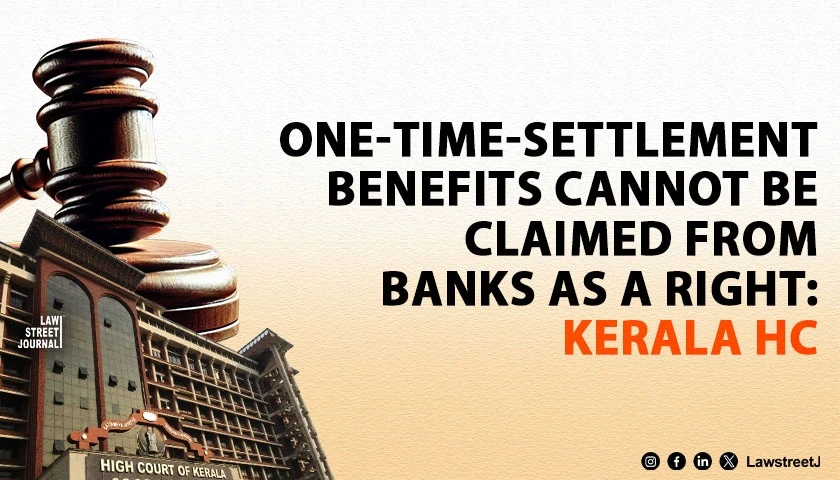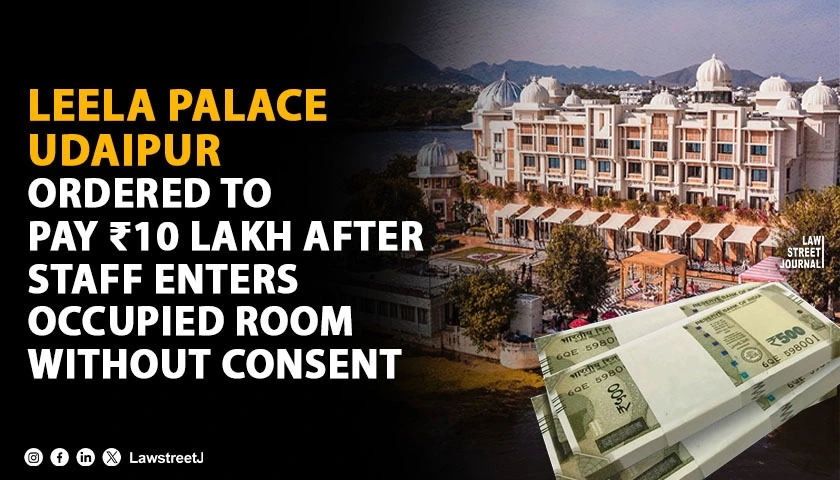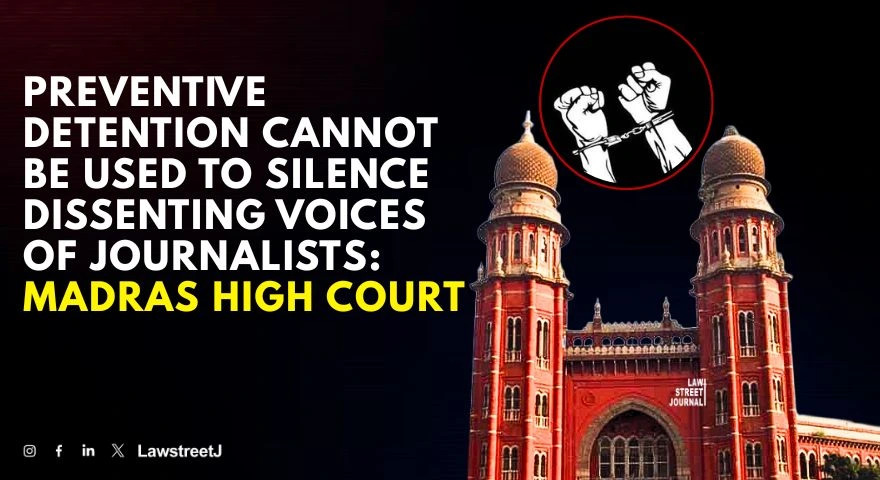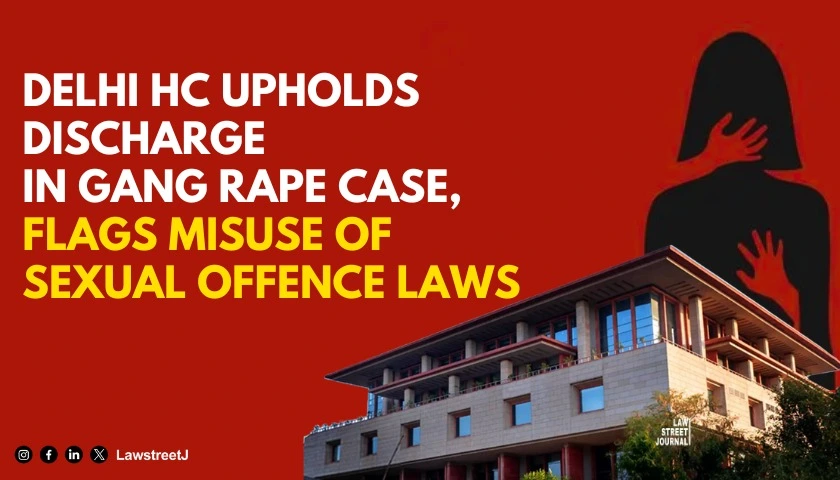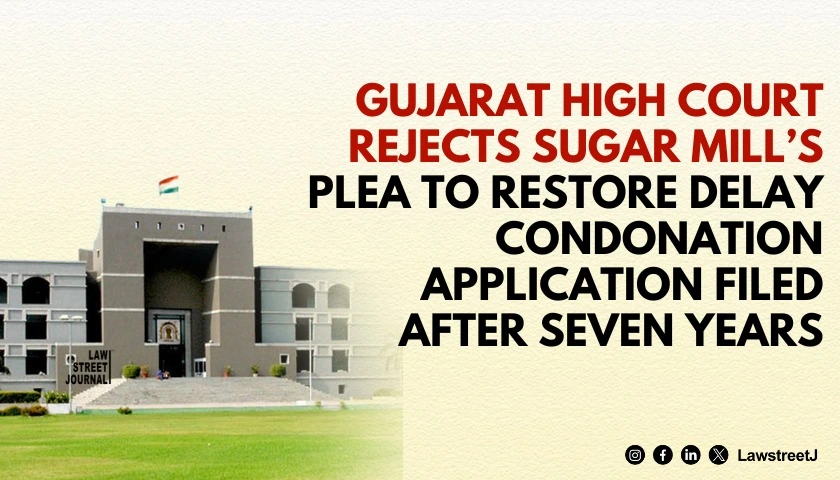New Delhi: In a critical development, the Supreme Court of India has begun hearing a supplementary affidavit filed by Advocate Ashwini Kumar Upadhyay in the ongoing case concerning the constitutional validity of amendments to the Preamble of the Indian Constitution. The petitioner has raised profound questions of law, challenging the retrospective insertion of the terms “Socialist” and “Secular” into the Preamble during the Emergency era in 1976.
The case, originally filed under Writ Petition (Civil) Diary No. 14904 of 2024, disputes the constitutionality of Section 2 of the 42nd Amendment, which altered the Preamble retrospectively without a change in its adoption date of November 26, 1949. Upadhyay contends that the amendment lacked democratic legitimacy and violated the Constitution’s basic structure doctrine.
Supreme Court Examines Controversial Amendment Adding ‘Socialist’ and ‘Secular’ to Indian Constitution Preamble
Grounds of the Challenge:
The petitioner argues that the Preamble, as the foundational text adopted by the Constituent Assembly, represents an unalterable historical fact. The affidavit highlights that the amendment occurred during an Emergency when fundamental rights were suspended, the opposition was silenced, and Parliament was functioning under extended tenure provisions, undermining the “will of the people.”
1976 Preamble Amendment Under Legal Scrutiny: Does It Violate India’s Basic Structure Doctrine?
Key issues raised include:
• Whether Parliament possesses constituent power during an Emergency when Lok Sabha’s tenure has been extended solely for administrative purposes.
• The necessity of state ratification for amendments affecting the Preamble, akin to amendments impacting the Seventh Schedule.
• The validity of a retrospective amendment made on behalf of a Constituent Assembly that ceased to exist in 1949.
The petitioner also questions whether such amendments can survive under the “Doctrine of Acquiescence,” arguing that unconstitutional acts must not persist in the Constitution.
Historical and Legal Context:
The supplementary affidavit meticulously outlines a timeline of events leading to and following the contentious amendment. Key dates include:
• November 26, 1949: The original Preamble was adopted by the Constituent Assembly.
• February 1976: Lok Sabha’s tenure expired but was extended under emergency provisions.
• November 2, 1976: The 42nd Amendment introduced “Socialist” and “Secular” into the Preamble.
• June 25, 1975 - March 1977: Emergency rule during which fundamental rights were suspended, and opposition leaders were detained.
The petitioner further emphasizes that previous motions to include similar terms in the Constitution during its drafting were debated and rejected by the Constituent Assembly, underscoring the intent of the framers to exclude such ideological declarations.
Key Questions of Law:
The affidavit places before the Supreme Court a series of pivotal questions:
1. Can the Preamble be amended without altering its adoption date?
2. Does Parliament possess the authority to amend the Preamble on behalf of a dissolved Constituent Assembly?
3. Should amendments to the Preamble require state ratification, given their fundamental nature?
The petitioner also highlights the broader implications of such amendments, arguing that they open the door to further ideological insertions or deletions, potentially undermining constitutional stability.
Petitioner’s Position:
Ashwini Kumar Upadhyay asserts that the terms “Socialist” and “Secular” were added without genuine administrative necessity or public demand. He argues that India’s inherent secular character is reflected in its fundamental rights and governance, rendering the addition redundant and symbolic. Moreover, he warns that such changes risk creating a “Pandora’s box” by allowing governments to manipulate the Preamble for political gains.
Impact of the Case:
This case, described by legal experts as one of the most significant constitutional challenges in recent times, has implications far beyond the Preamble. A decision in favor of the petitioner could set a precedent for limiting parliamentary powers during emergencies and safeguarding the historical integrity of foundational constitutional texts.
The Supreme Court is expected to deliberate extensively on the intricate constitutional and historical issues raised. Observers note that the case may redefine the scope of the basic structure doctrine and the sanctity of the Preamble as a constitutional cornerstone.
For now, all eyes remain on the apex court as it examines whether the 1976 amendments align with India’s democratic ethos and constitutional principles.

